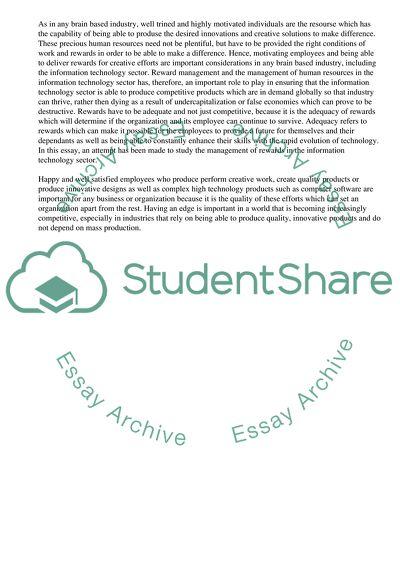Cite this document
(Human Resource Management - Reward Management Essay, n.d.)
Human Resource Management - Reward Management Essay. Retrieved from https://studentshare.org/management/1702802-human-resource-management-reward-management
Human Resource Management - Reward Management Essay. Retrieved from https://studentshare.org/management/1702802-human-resource-management-reward-management
(Human Resource Management - Reward Management Essay)
Human Resource Management - Reward Management Essay. https://studentshare.org/management/1702802-human-resource-management-reward-management.
Human Resource Management - Reward Management Essay. https://studentshare.org/management/1702802-human-resource-management-reward-management.
“Human Resource Management - Reward Management Essay”, n.d. https://studentshare.org/management/1702802-human-resource-management-reward-management.


